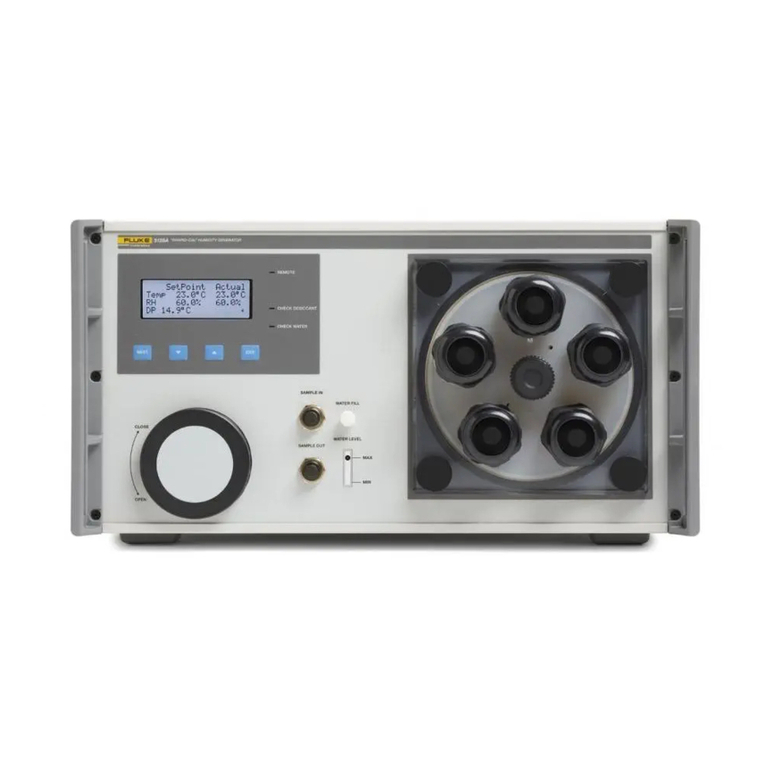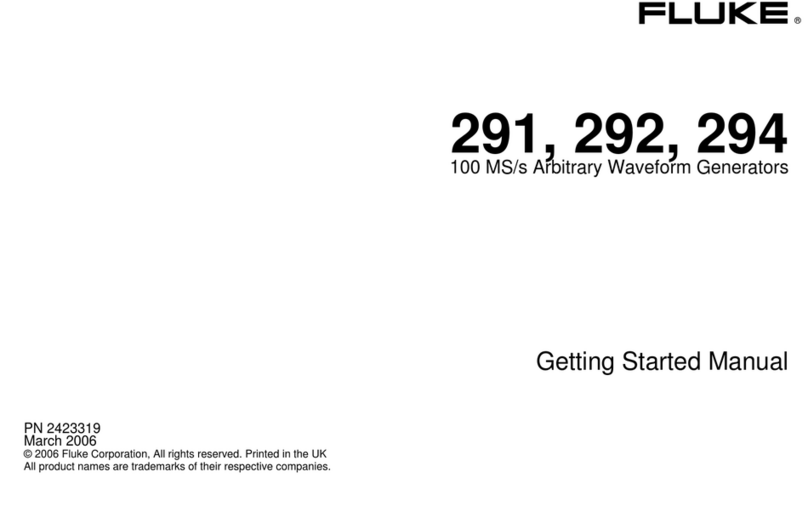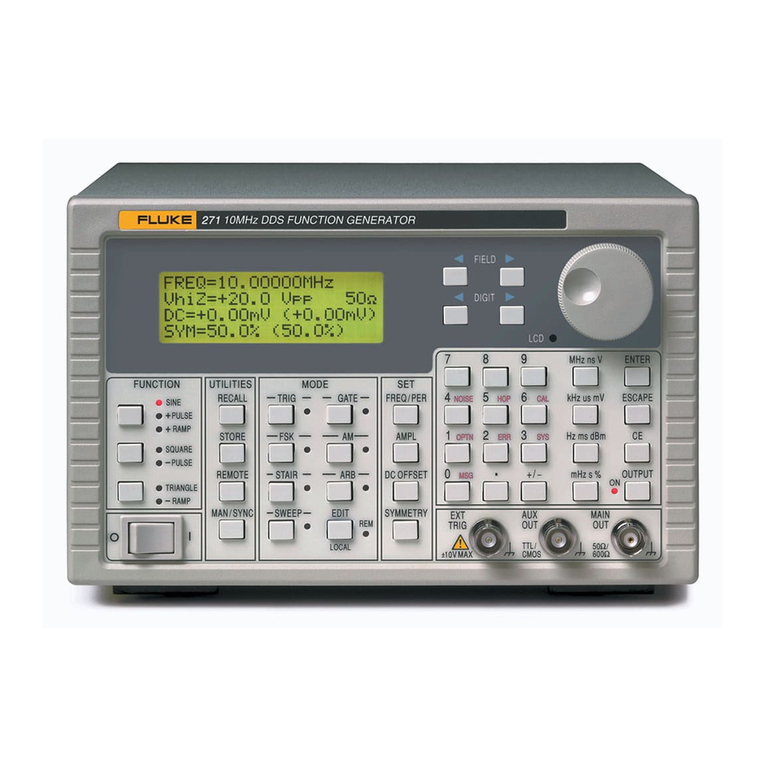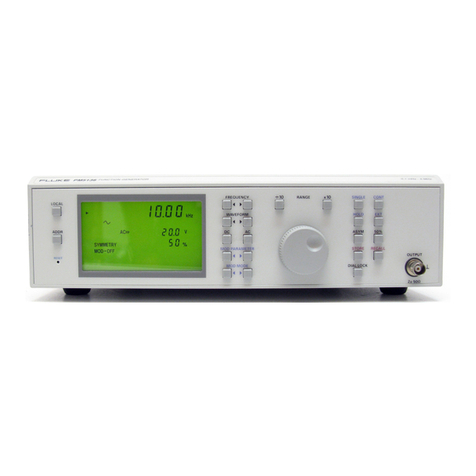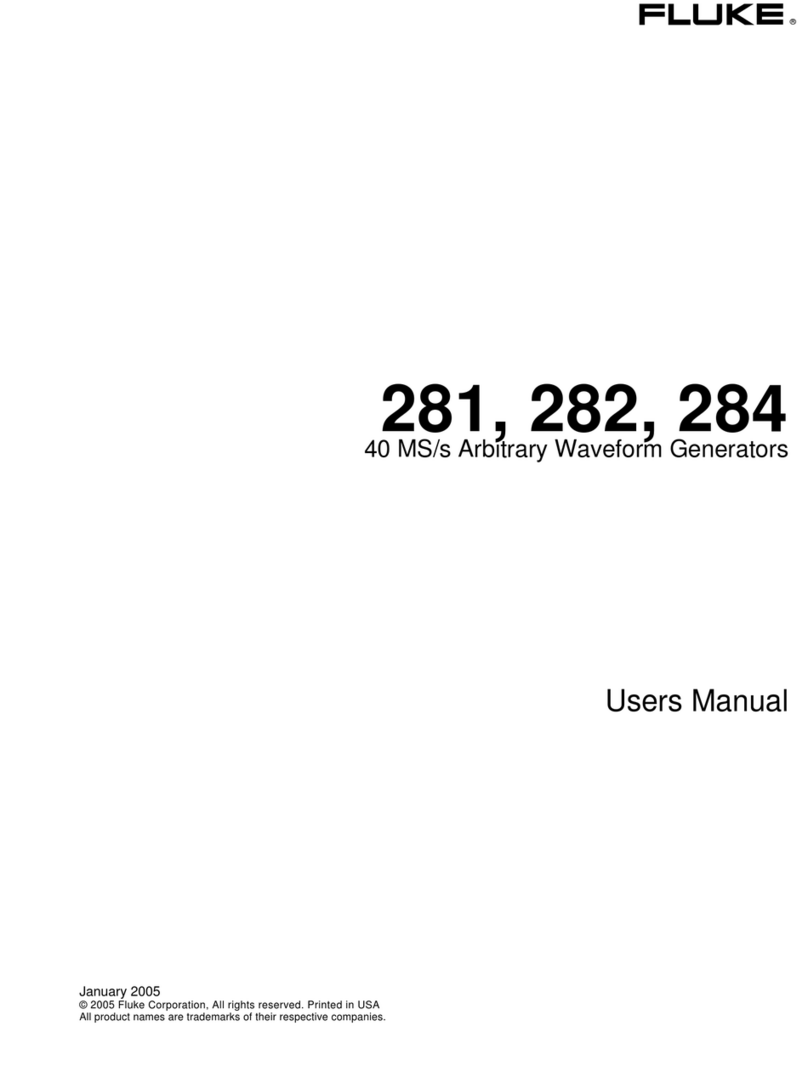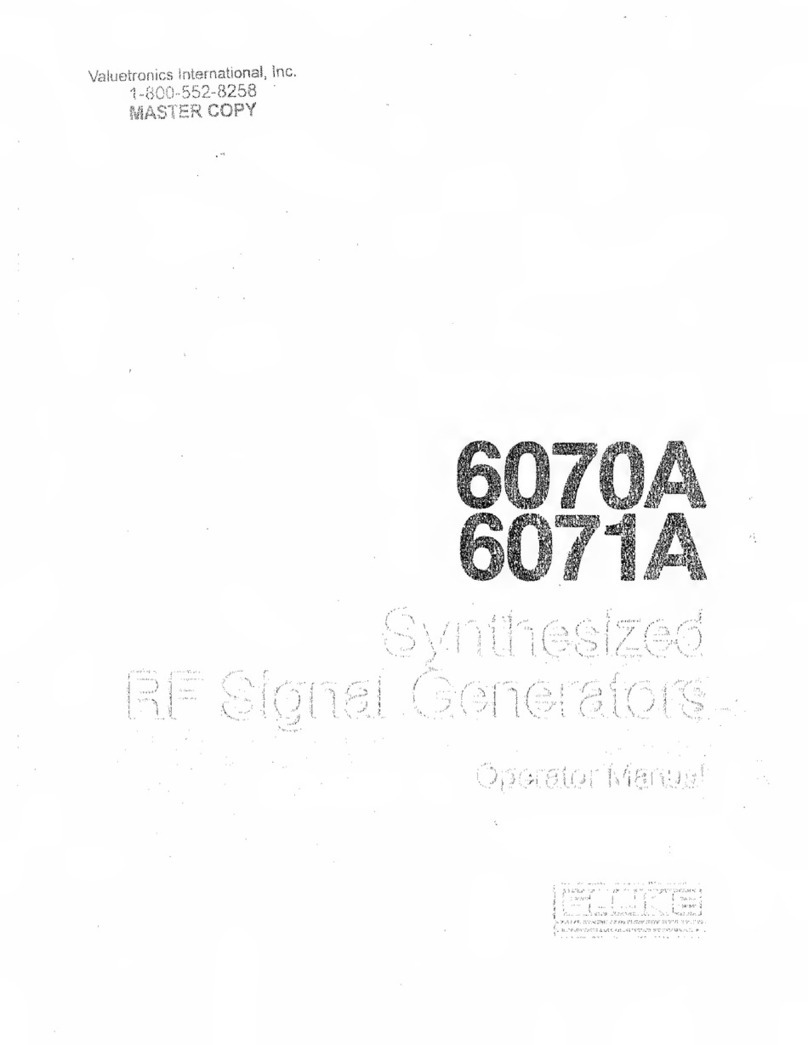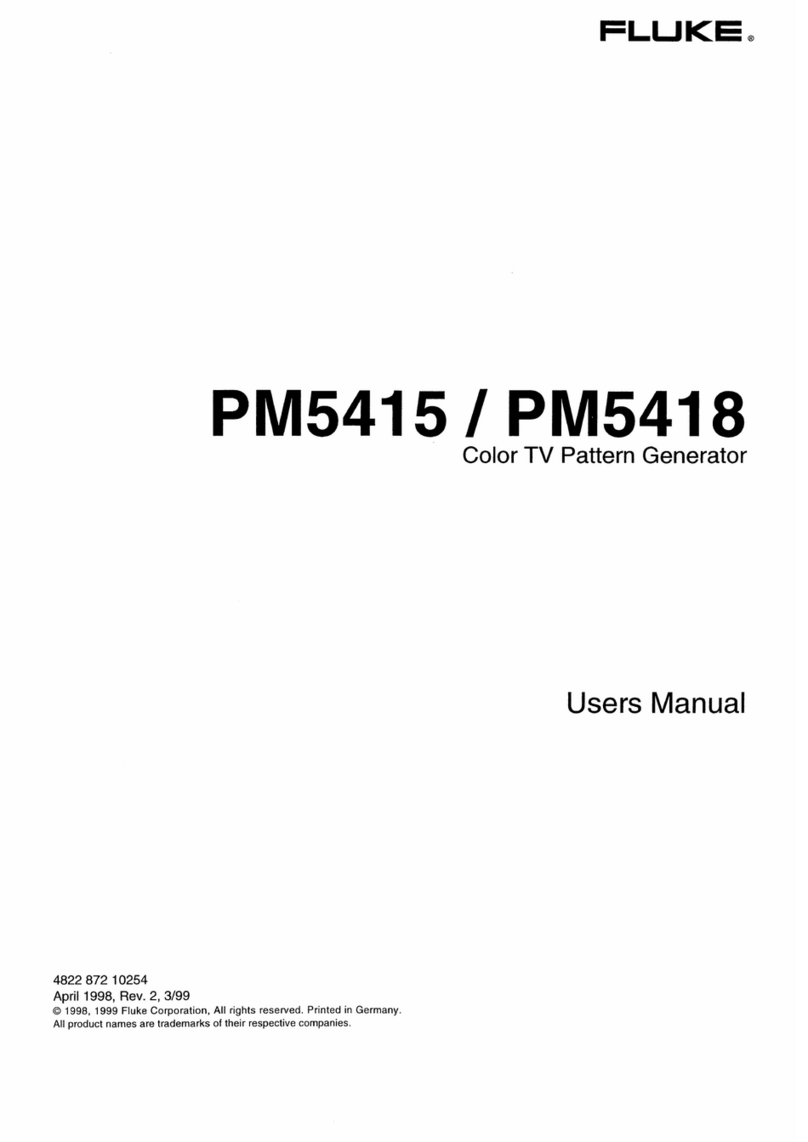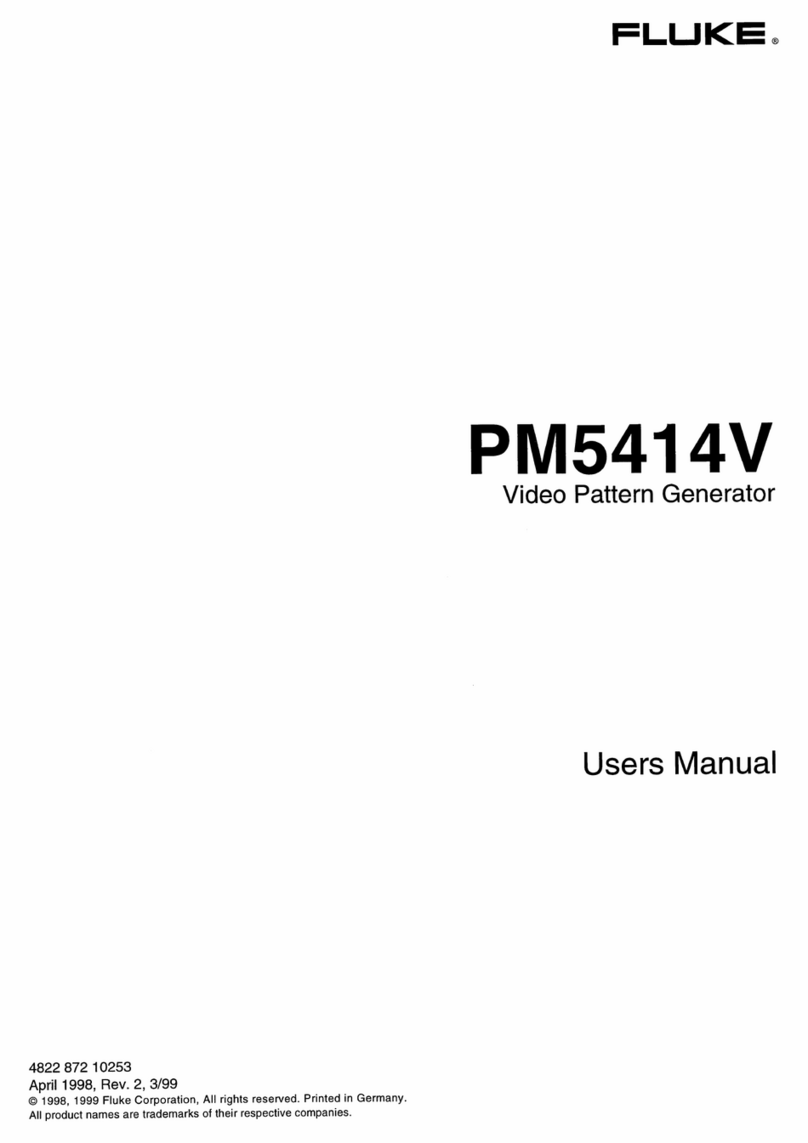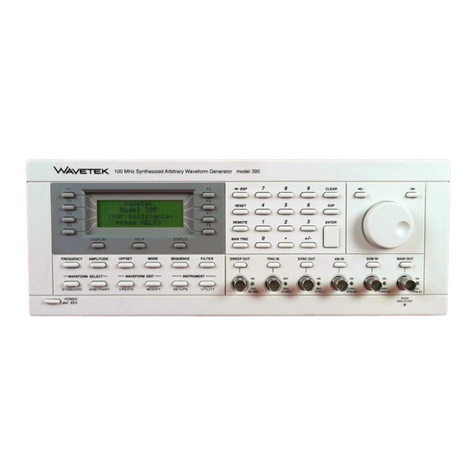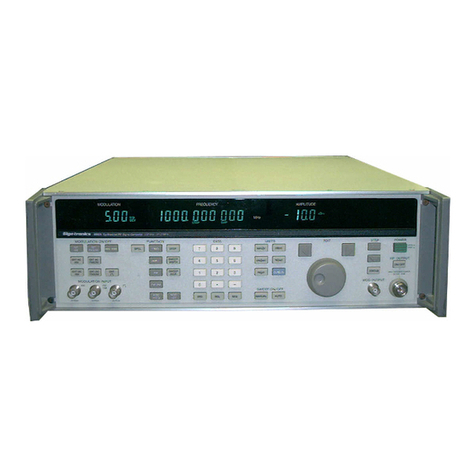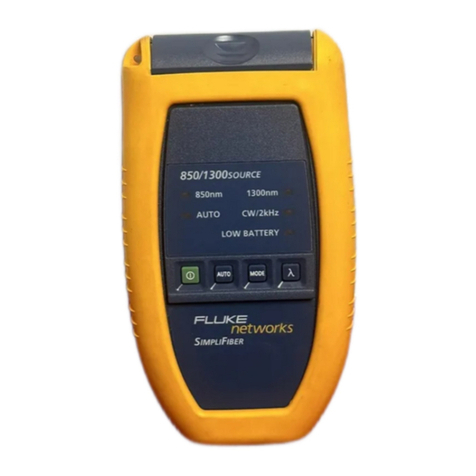
Contents (continued)
vii
6 Sweep Operation................................................................................. 6-1
General............................................................................................................... 6-2
Principles of Sweep Operation...................................................................... 6-2
Connections for Sweep Operation................................................................. 6-2
Setting sweep parameters................................................................................... 6-2
Sweep Range................................................................................................. 6-3
Sweep Time................................................................................................... 6-3
Sweep Type................................................................................................... 6-4
Sweep Spacing............................................................................................... 6-5
Sweep Marker................................................................................................ 6-5
Sweep Hold ................................................................................................... 6-5
7 Triggered Burst and Gate................................................................... 7-1
General............................................................................................................... 7-2
Internal Trigger Generator............................................................................. 7-2
External Trigger Input................................................................................... 7-2
Adjacent Channel Trigger Output ................................................................. 7-3
Triggered Burst.................................................................................................. 7-3
Trigger Source............................................................................................... 7-4
Trigger Edge.................................................................................................. 7-4
Burst Count.................................................................................................... 7-4
Start Phase..................................................................................................... 7-5
Manual Initialization of Inter-Channel Triggering........................................ 7-5
Gated mode........................................................................................................ 7-6
Gate Source ................................................................................................... 7-6
Gate Polarity.................................................................................................. 7-6
Start Phase..................................................................................................... 7-6
Sync Out in Triggered Burst and Gated Modes................................................. 7-7
8 Tone Mode ........................................................................................... 8-1
Introduction........................................................................................................ 8-2
Tone Frequency............................................................................................. 8-2
Tone Type...................................................................................................... 8-2
Tone Switching Source.................................................................................. 8-3
DTMF Testing With Two Sources................................................................ 8-3
9 Arbitrary Waveform Generation......................................................... 9-1
Introduction........................................................................................................ 9-2
Arbitrary Waveform Terms........................................................................... 9-2
Principles of Arbitrary Waveform Creation and Modification...................... 9-2
Selecting and Outputting Arbitrary Waveforms................................................ 9-3
Creating New Waveforms............................................................................. 9-4
Create Blank Waveform............................................................................ 9-4
Create Waveform Copy............................................................................. 9-4
Modifying Arbitrary Waveforms................................................................... 9-5
Resize Waveform...................................................................................... 9-5
Rename Waveform.................................................................................... 9-6
Waveform Info.......................................................................................... 9-6
Delete Waveform...................................................................................... 9-6
Edit Waveform.......................................................................................... 9-7
Point Edit................................................................................................... 9-7
Line Edit.................................................................................................... 9-7
Wave Insert ............................................................................................... 9-8
Shop for Fluke products online at: 1.888.610.7664
www.MyFlukeStore.com
